There are several homeowners out there that need to go out during the colder times of the winter for shovelling the snow. This can even turn out to be a daily chore that can be essential and miserable both. If you wish to leave your home during the winter you are going to need heated driveways. Thanks mainly to the new heating technology, there are ways of making the driveway entirely snow-proof. You can install radiant heating mats within the concrete of the driveway to prevent snow build-up and keep the space clear of snow without having to lift a finger. The heated driveways might appear like a luxury but you may be surprised.
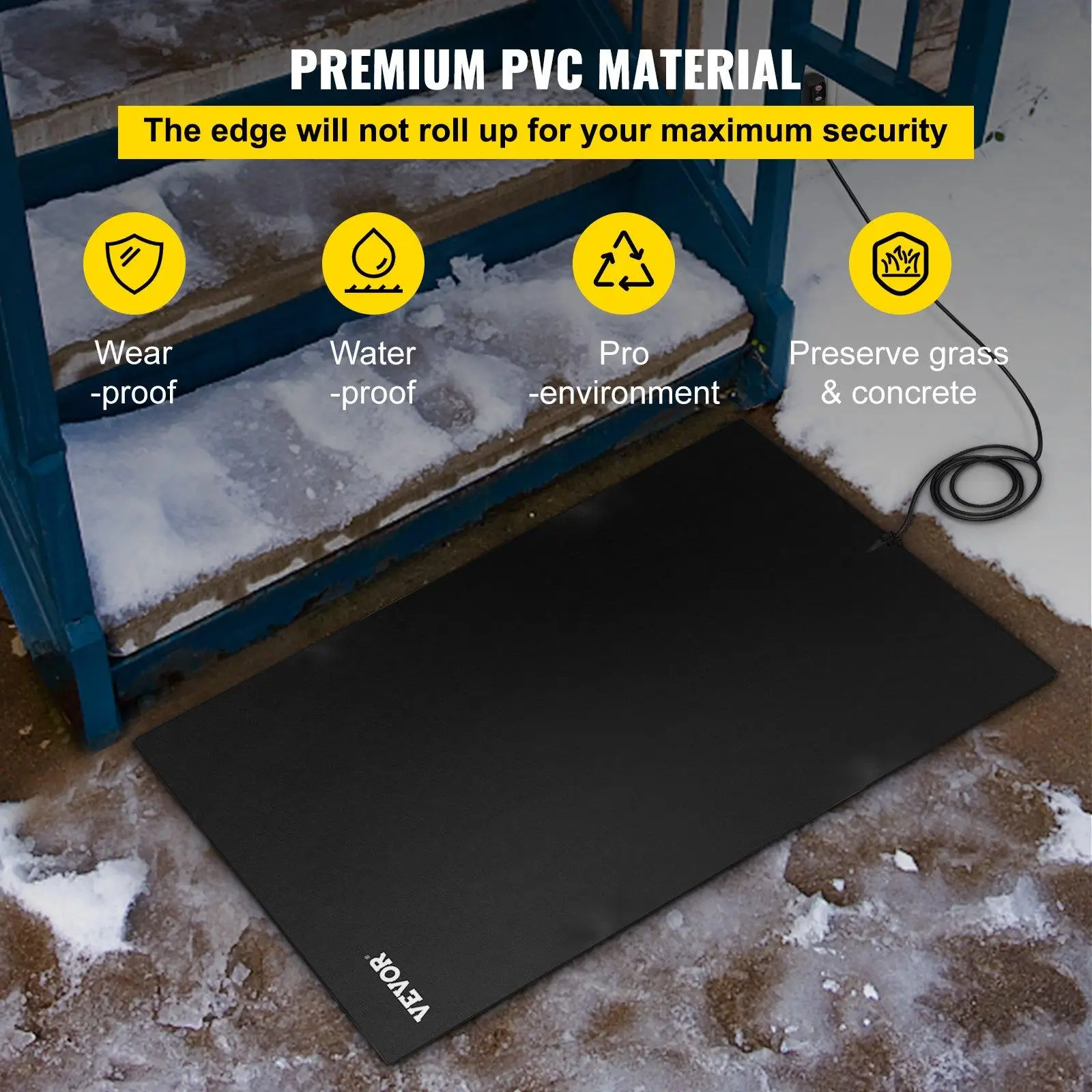
How does a heated driveway work?
In case you are familiar with the use of indoor radiant heating systems, you will be happy to note that the technology of heated driveways works similarly to these systems. Initially, the heating system gets embedded within the driveway. There are a couple of ways of doing this. In the first method, you may install an extra layer of asphalt or concrete over the top of the material already in existence. Then you may place the heating mats below the fresh layer. Another alternative is tearing all things up and installing a brand-new driveway with all the heating mats placed inside the asphalt or concrete.
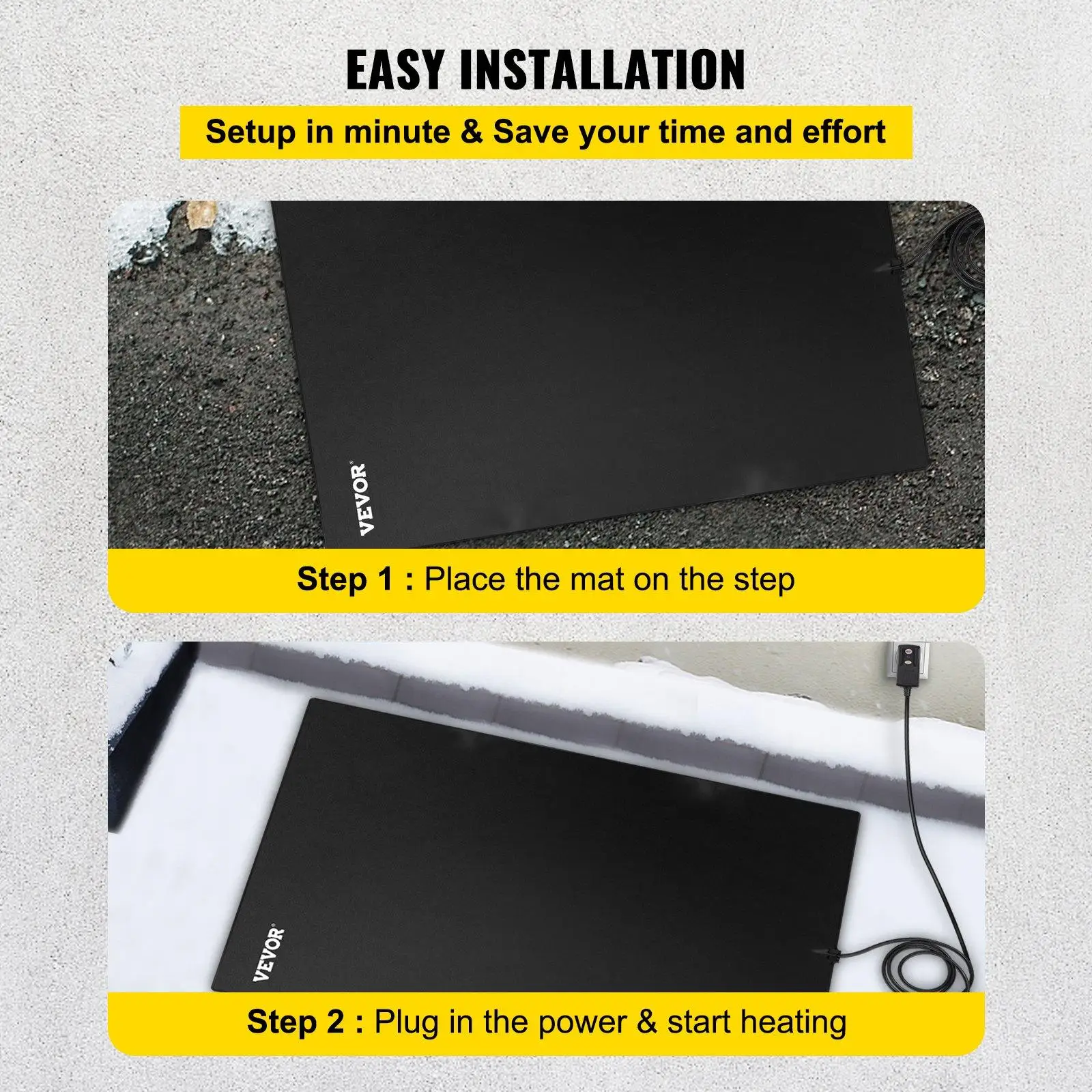
You can use 3 different ways for activating the heated driveway. The first is by using a Wi-Fi controller, the second is by using a temperature and moisture sensor, and the third is by the manual method. The advantage of using a Wi-Fi controller is that your system will have the capability to preheat. Your controller makes use of the local weather forecast and the required precipitation for your system for clicking on for heating the space before the actual snowfall. This will ensure efficient and effective utilization of the system. When the desired temperature drops and the snow gets detected, your system will turn on automatically and will melt the snow. So you do not need to worry about the snow anymore.
Types of heated driveways
Fundamentally, there are a couple of types of these heated driveways viz. Hydronic and electronic. These types differ in price and functionality so it is a good idea to perform in-depth research for deciding the type that is best suited for your needs.
1. Electronic driveway heating
As the name indicates electronic heating makes use of heat and electricity for the driveways. This kind of radiant heating system will be connected to the grid.
Therefore, the cost involved in powering the driveway will co-relate with the domestic electric cost. The system will raise your electric bill however, the extra cost must be lower. The quantity of electricity required for properly powering this system will be lesser than you imagine. You will get an automatic system that works only when snow is detected. It is a very energy-efficient system.
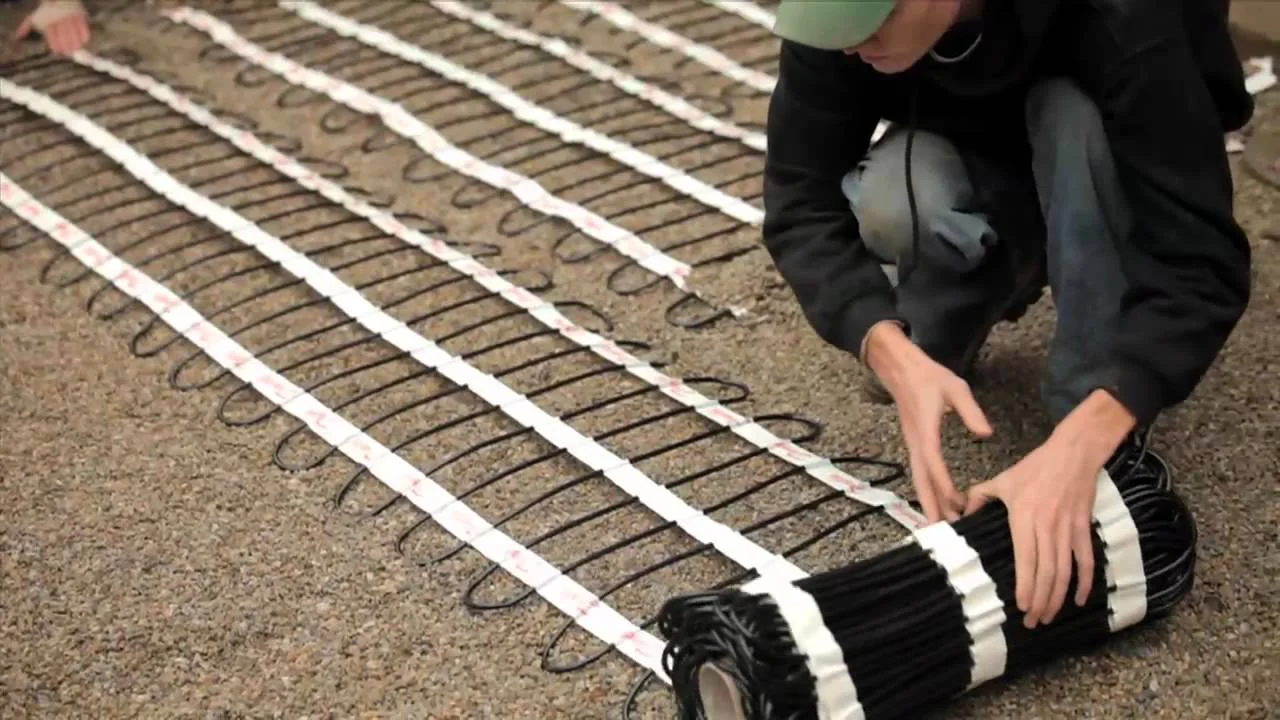
2. Hydronic driveway heating
The hydronic driveway systems use water for heating the driveways. This water is heated within a boiler and then it is flushed via the tubes embedded within the pavement. Many times, you will find spots of snow in the hadronically heated driveways as the water gets cooled before completing the entire cycle.
The electrically heated driveways are far more effective in keeping a clear surface. Deciding which system is proper for your needs depends on the cost involved and the amount of area you are trying to cover. In case you are trying to cover an area of more than 1000 square feet, the hydronic systems will be more cost-efficient in the longer run.
The water-powered driveway heating systems, unfortunately, need to run 24/7 at the time of the winter months for preventing freezing and this will get expensive. In addition to these problems, some sections of the country have banned the utilization of glycol which is otherwise known as an anti-freeze.
How much does a heated driveway cost?
The cost involved in a heated driveway relies on some variables such as installment of control systems, square footage, and whether you are installing new driveways or adding to the pre-existing one. The basic cost involved in a driveway heating system is close to $10 per square foot. The common sizes utilized for these residential driveways will vary between the range of 600 to 750 square feet. If you are looking to install a 750-square-foot driveway, as the homeowner of the project you will place the mats between the prepping for pavers and their installation. This will ensure that the estimate for the newer driveway is not affected.
The only extra cost incurred by the homeowner, in this case, is the addition of heat to their driveways by getting an electrician for upgrading their panel and wiring the snow-melting controller.
This cost will vary depending on the project size. Another great alternative for having heated driveways with lower pricing is having heated tire tracks. You can get a set of a couple of heating mats over the length of a steep and long driveway. This is a terrific low-amperage solution for having safety in critical areas.
Heated walkways and patios
It is fact that the advantages of using outdoor heating systems will not end just in the driveways. To reach the car in the first place you might have to walk through the walkway that is buried in snow and as a result is pretty slippery. Luckily there is a heating solution available for this also. Similar to the heated driveways, you may install radiant heating across the driveways and below the patios. This will ensure that you are never required to shovel the snow or have to slip over the ice again. The surface area for patios and walkways is much smaller compared to the driveways. So, the systems catering to these demands are pretty affordable.
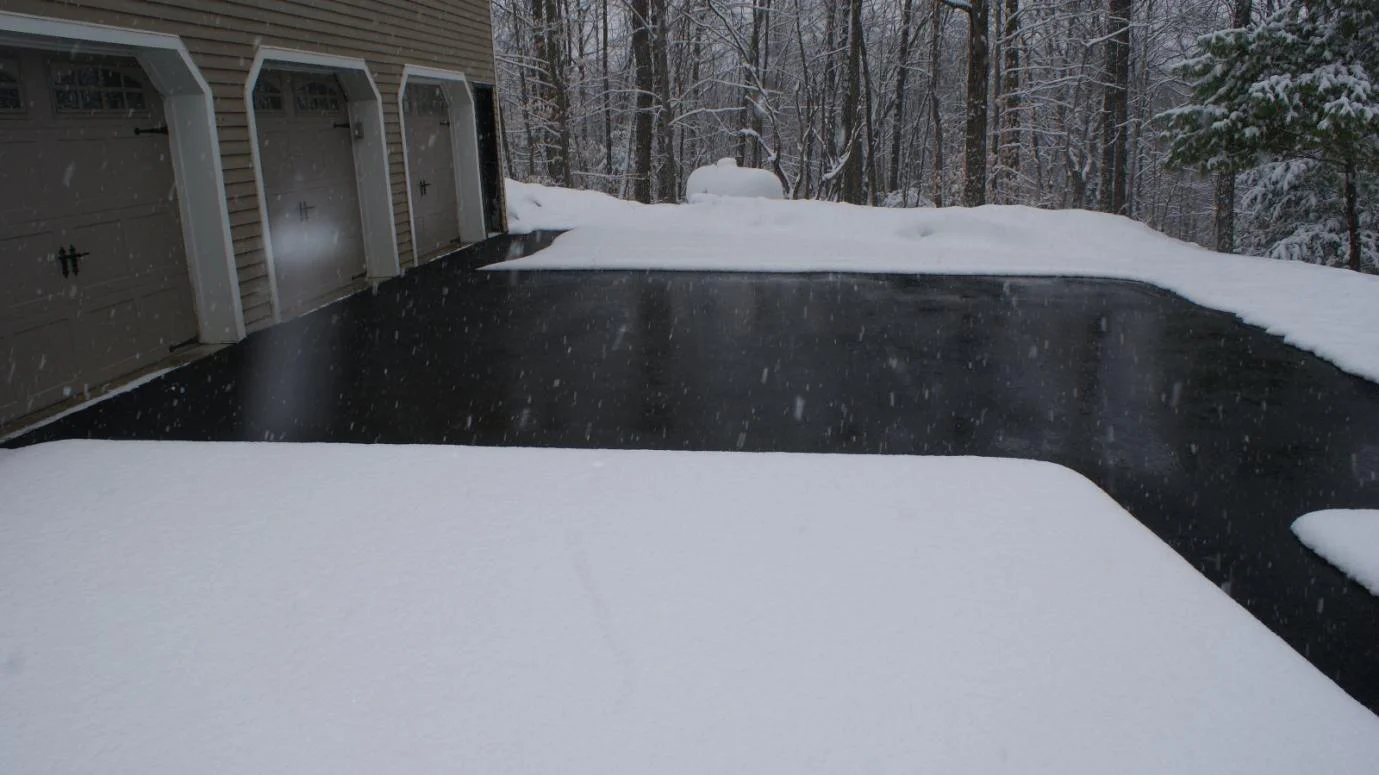
Benefits of the installation of heated driveways
There are several reasons why a homeowner can benefit from having heated driveways. The most obvious one is that you might not be in a position to shovel all your snow. Another one is that you will be required to pay for a snow removal service. You can compare the costs incurred over the years to the one-time cost of having a heated driveway. Icy or snowy driveways are a safety hazard, especially for people that are struggling with mobility. These heated driveways are also helpful for elongating the life of your driveway.
- Less shoveling: In case your driveway clears itself with the use of a radiant heating system; you are not going to need shoveling. This will not only save time but also physical effort. It is comforting to be aware that there is no need to shovel your snow in the dark either before going to work or after returning late at night. This is especially useful for older homeowners or those having mobility problems. When you are not required to shovel the snow, it will offer safety and peace of mind. When you pay for a snow removal service you are going to save money in the longer run. The heated driveway can last for years and has a little maintenance cost.
- Better safety: As the heated driveway will melt the ice and snow in the sidewalks and driveways, they make sure that there is good insurance available for slipping and falling injuries. Your cars will not slide off the icy driveways or they will not struggle for gaining traction in the heavy snow. This will make driving easier and safer. With the removal of the requirement for shoveling the homeowners will be avoiding the physical risks involved in over-exertion such as muscle strain, sprains, heart attacks, and lacerations
- Protection from damage: The de-icing chemicals such as rock salt will damage the landscaping, concrete, and even the cars after some time. The snow-melting system will replace the utilization of these products. As the system can keep the whole driveway clear from snow and ice rather than just clearing the area you are shoveling, it provides better protection for asphalt and concrete from damage. Many problems can incur otherwise such as chipping, cracking, crumbling, and potholes.
- Little or no need for maintenance: If a heated driveway system is installed properly there is little maintenance required for it. Even though these driveways are a bit more expensive to operate, they have a reputation for being free from maintenance. In case you opt for a hydronic driveway system, you will need to get the boiler inspected at least annually. As long as you have not parked heavy equipment in the driveway, there is no need to worry about driveway maintenance.
Afterthoughts
In those areas where you get excessive snowfall in winter, these heated driveways will improve the appeal of your home, in the eyes of prospective buyers. They are a good addition to the fair market value of the house. However, it also depends on where you are living and the age of your system. The average age of any driveway heating system is between 15 to 20 years. In some cases, it is possible to heat the existing driveways as well.

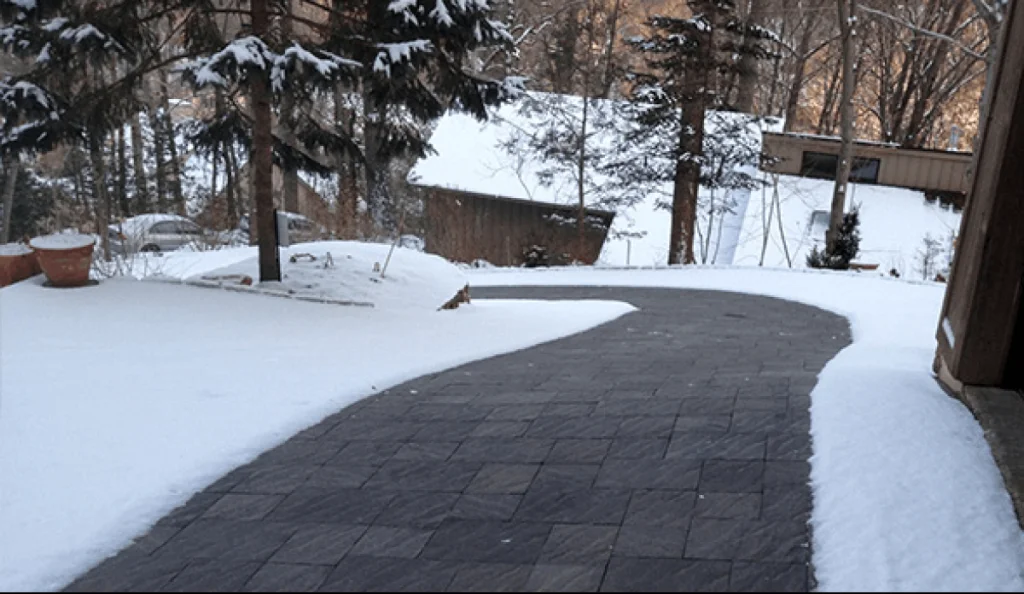
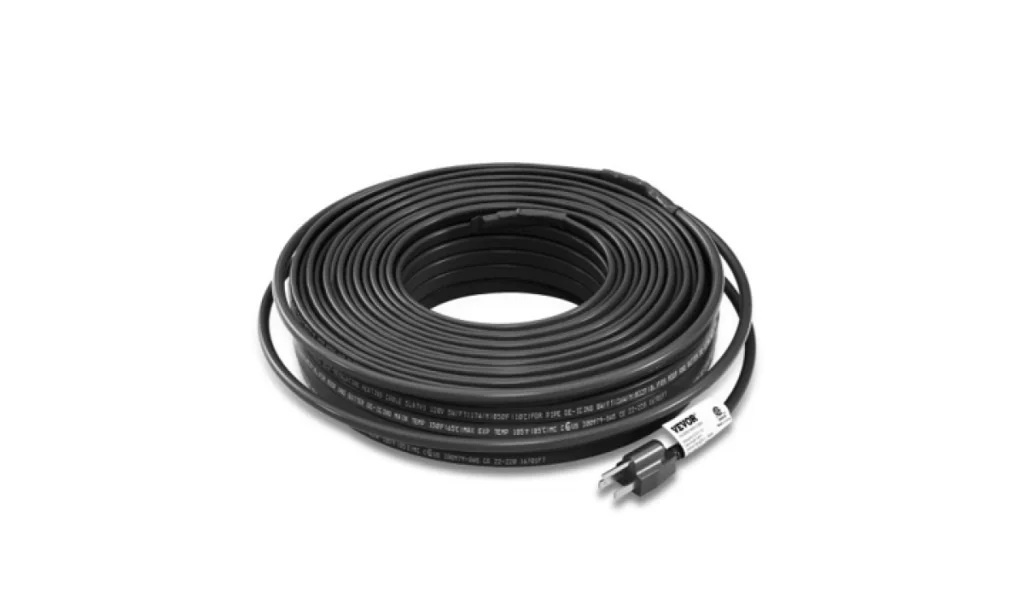
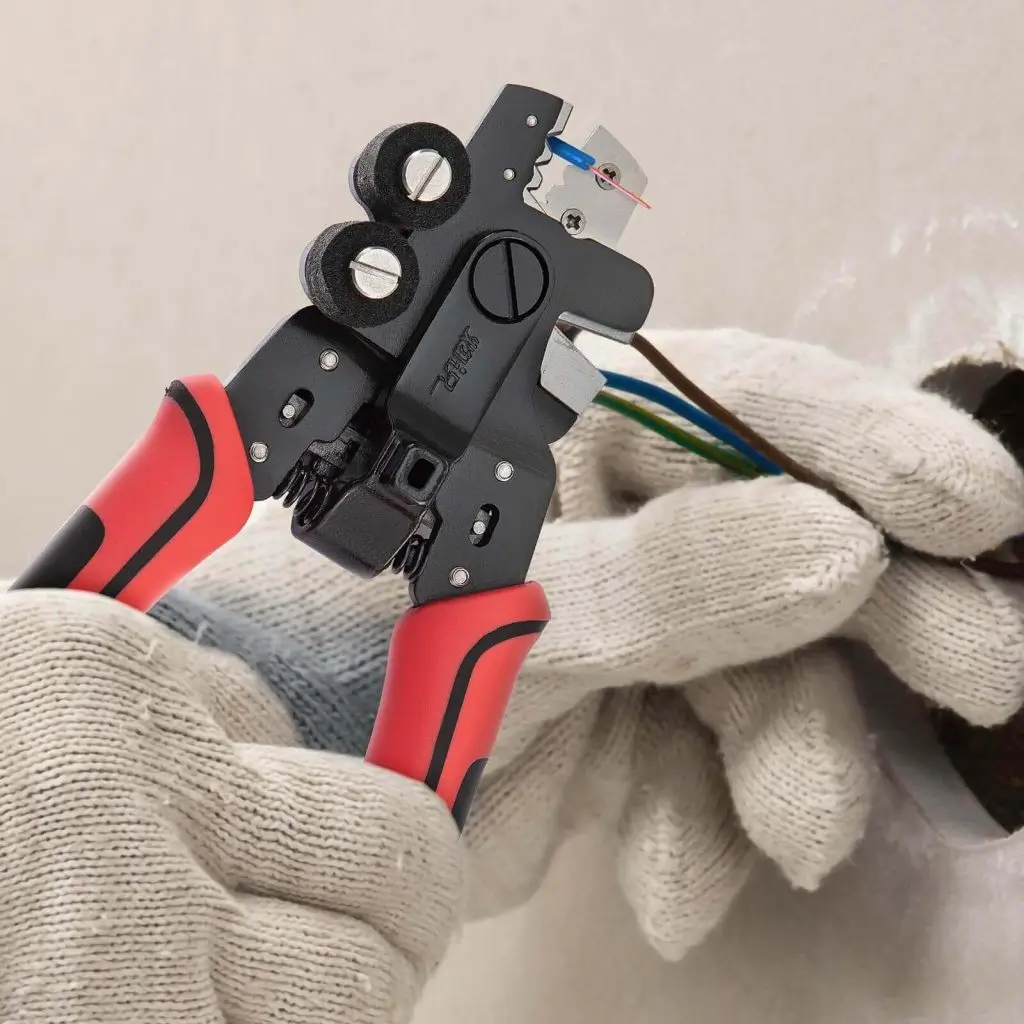
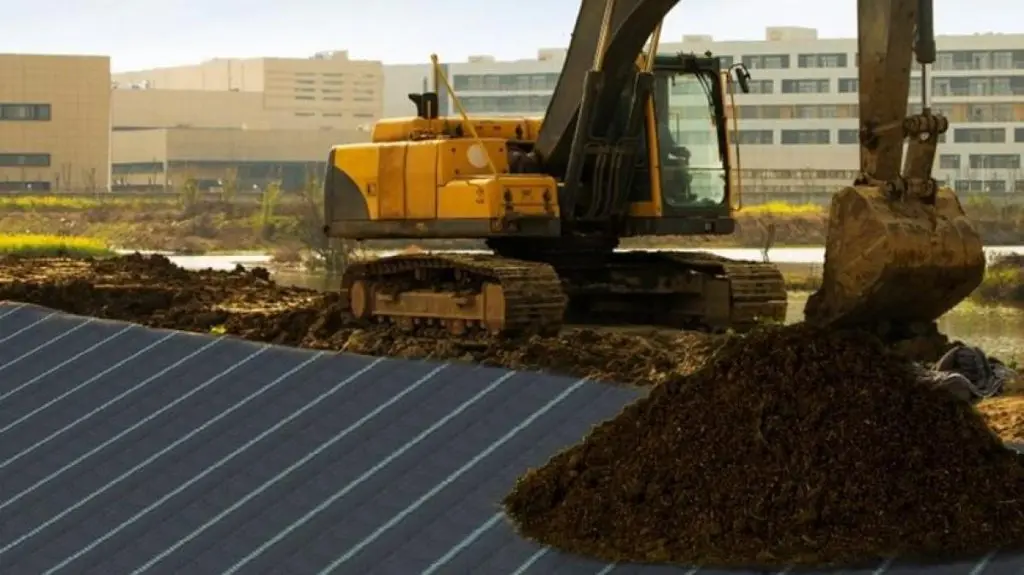

 Arabic
Arabic Danish
Danish Dutch
Dutch English
English Finnish
Finnish French
French German
German Hungarian
Hungarian Italian
Italian Norwegian
Norwegian Portuguese
Portuguese Romanian
Romanian Russian
Russian Slovak
Slovak Spanish
Spanish Swedish
Swedish